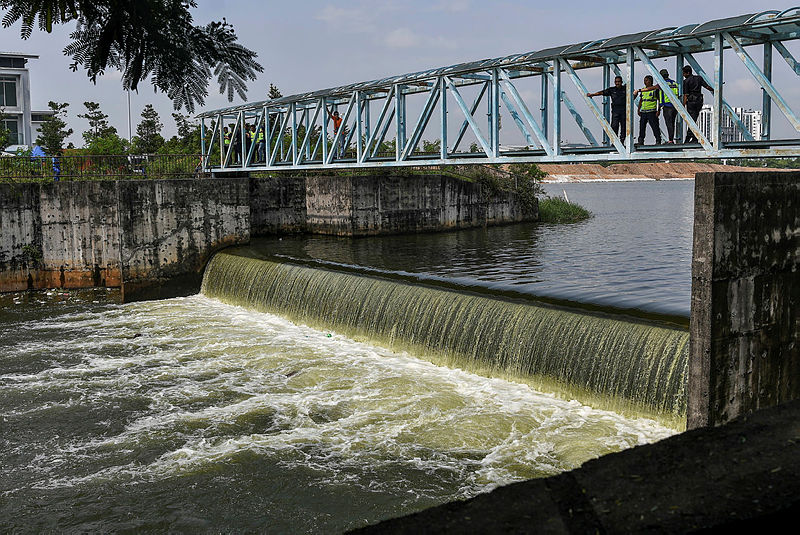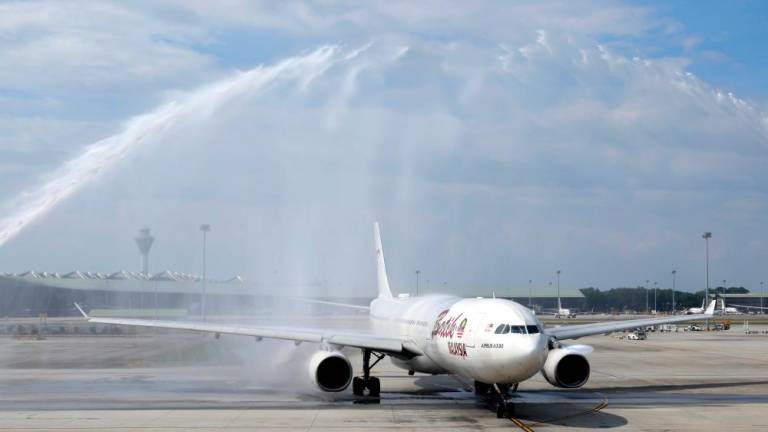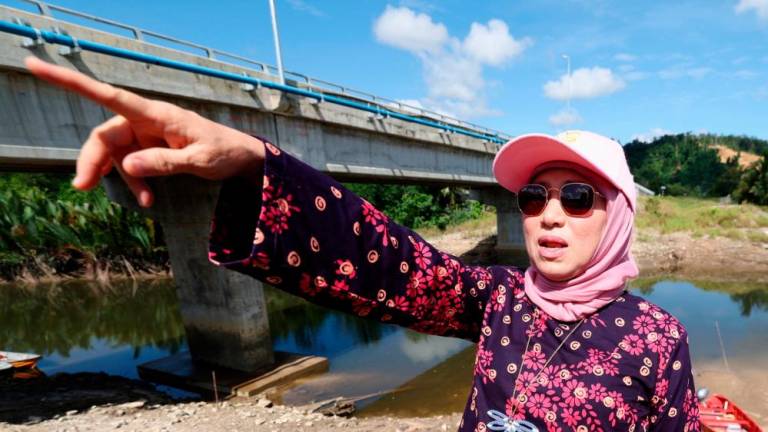PETALING JAYA: A probe on the drowning of six firemen at Taman Putra Perdana on Oct 3 showed that many factors including insufficient knowledge of the water conditions had led to the incident.
In a full report released by the Ministry of Housing and Local Government (MOHLG) today, it was revealed that the investigations committee found that the event was caused by many factors that existed before and during the incident from several aspects namely human, environmental, equipment and procedures.
The cause of the drowning listed by the probe committee was, that there was an absence of drowning case probe and integrated prevention system prior to the case; lack of knowledge on the dynamic risks of low head dam (LHD) by the public and members of the fire and rescue department.
This was due to the LHD conditions appearing calm and harmless when it’s extremely high risk. ; communication failure among the rescuer whereby the emergency plan did not go as planned.
Online checks revealed that low head dams, also known as run-of-river dams that usually span the entire river or stream and spilling over all or nearly all the dam crest length, present a safety hazard to the public because of their capability of producing dangerous recirculating currents, large hydraulic forces, and other hazardous conditions sufficient to trap and drown victims immediately downstream from the overflowing water.
However, the probe committee found that there was no deliberate failure in observing standard operating procedures (SOP) or negligence by the firemen involved in the incident.
The conclusion of the probe entailed recommendations by the MOHLG and other relevant agencies to ;
>> re-examine and re-design LHD structures taking in account the safety aspects of the public and environment to minimise the dynamic risks of LHD.
>> the upgrading of gear and equipment of the fire and rescue department’s water rescue unit to enable it to provide the best service.
>> to install a perimeter fence and warning signboards at LHD and recreation sites to minimise drowning cases.
>> to form an integrated drowning case probe system where details of the findings of a case will be disseminated within an appropriate timeframe to ensure preventive measures are effected.
>> to initiate joint training between rescue agencies.
>>to re-examine existing SOP and guidelines especially high risk water rescue involving LHD, hot water springs and polluted water sites. Firemen will also be given further training on LHD, swift water rescue.
The committee also recommended that the role of the Water Activities Safety Council be enhanced to bring public awareness on the safety of water-based activities.













